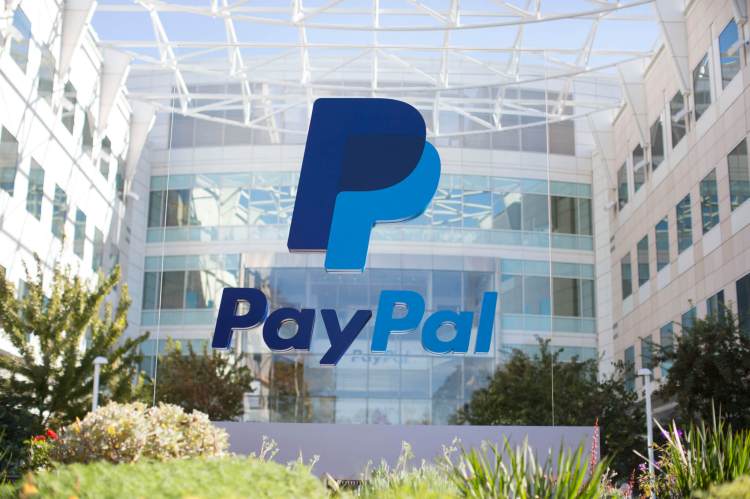Seventeen years ago, PayPal was founded as a way for people to conduct financial transactions on the internet. Since then, the payment processing company has explored how it can expand its impact, not only on the web, but also on mobile. By offering numerous ways to pay, PayPal hopes to be perceived as the payment back-end, giving consumers and merchants the freedom and convenience they expect.
At a press event, Bill Ready, senior vice president of global product and engineering at PayPal, remarked that there’s been an uptick in usage of the company’s solution. The Interactive Advertising Bureau said in 2015 that 50 percent of shoppers researched products on their mobile device, but Ready highlighted that only 16 percent actually made a purchase there. “You have a mobile shopping gap,” he admitted.
Part of PayPal’s effort to increase mobile transactions involves its One Touch payment platform that launched last year. Since then, adoption has been on the rise, with the company calling it the “most rapidly adopted product in PayPal’s history.” Arnold Goldberg, the company’s vice president of global merchant product and technology, revealed that by the end of this year, One Touch will be used by more than 36 million consumers and 5 million merchants worldwide. It’s now available in 144 merchant markets and 200 consumer markets, having achieved global reach in 6 months.
One Touch payment streamlines the checkout process, something that had previously eluded PayPal. Now, instead of having to enter your billing information repeatedly, you can elect to stay logged in — something that can be a relief to those using a mobile device. To use One Touch, you’ll need to opt in with your PayPal account. Once the feature is enabled, look for the Stay Logged In checkbox when checking out with PayPal to confirm that you have access.
The service is available in Europe, Australia, the U.S., and many more markets.
Other announcements include integrations with Visa and MasterCard, two credit card providers that PayPal recently formed strategic partnerships with. “If you pick a Visa or MasterCard (to pay with), we’ll honor the choice, versus in the past where we may honor the choice — it depended on the situation,” Goldberg said. What this means is that consumers will be able to dictate their preferred payment type beyond PayPal’s default sources. This capability will roll out in the U.S. at the end of September and will expand worldwide in Q1 of next year.
Lastly, PayPal-owned developer platform Braintree has added five new payment methods, allowing developers and merchants to use Apple Pay on the web, Masterpass, Visa Checkout, Union Pay, and PayPal Credit. In doing so, the platform is giving third-party applications the freedom to scale their transactional offering.
VentureBeat's mission is to be a digital town square for technical decision-makers to gain knowledge about transformative enterprise technology and transact. Learn More

